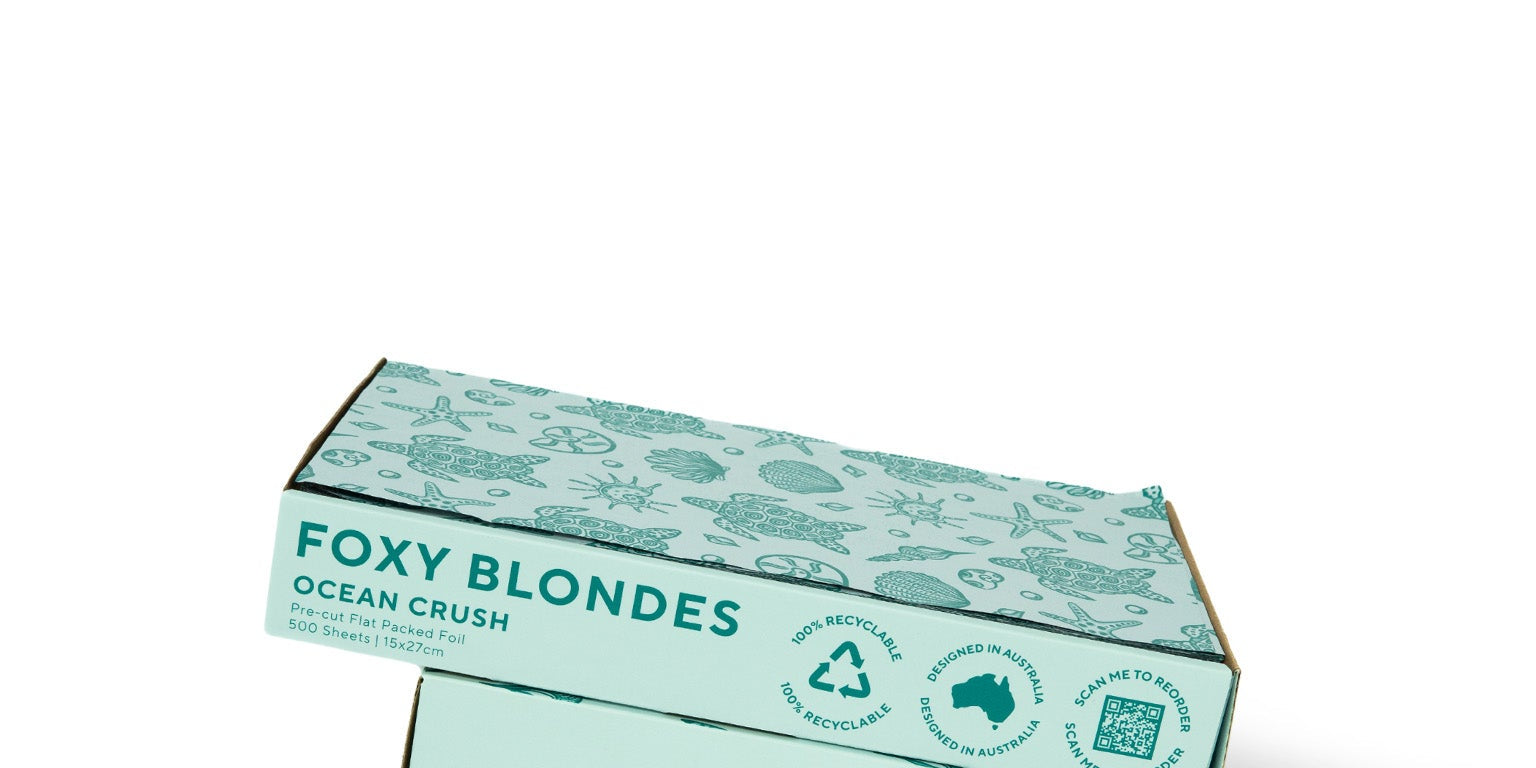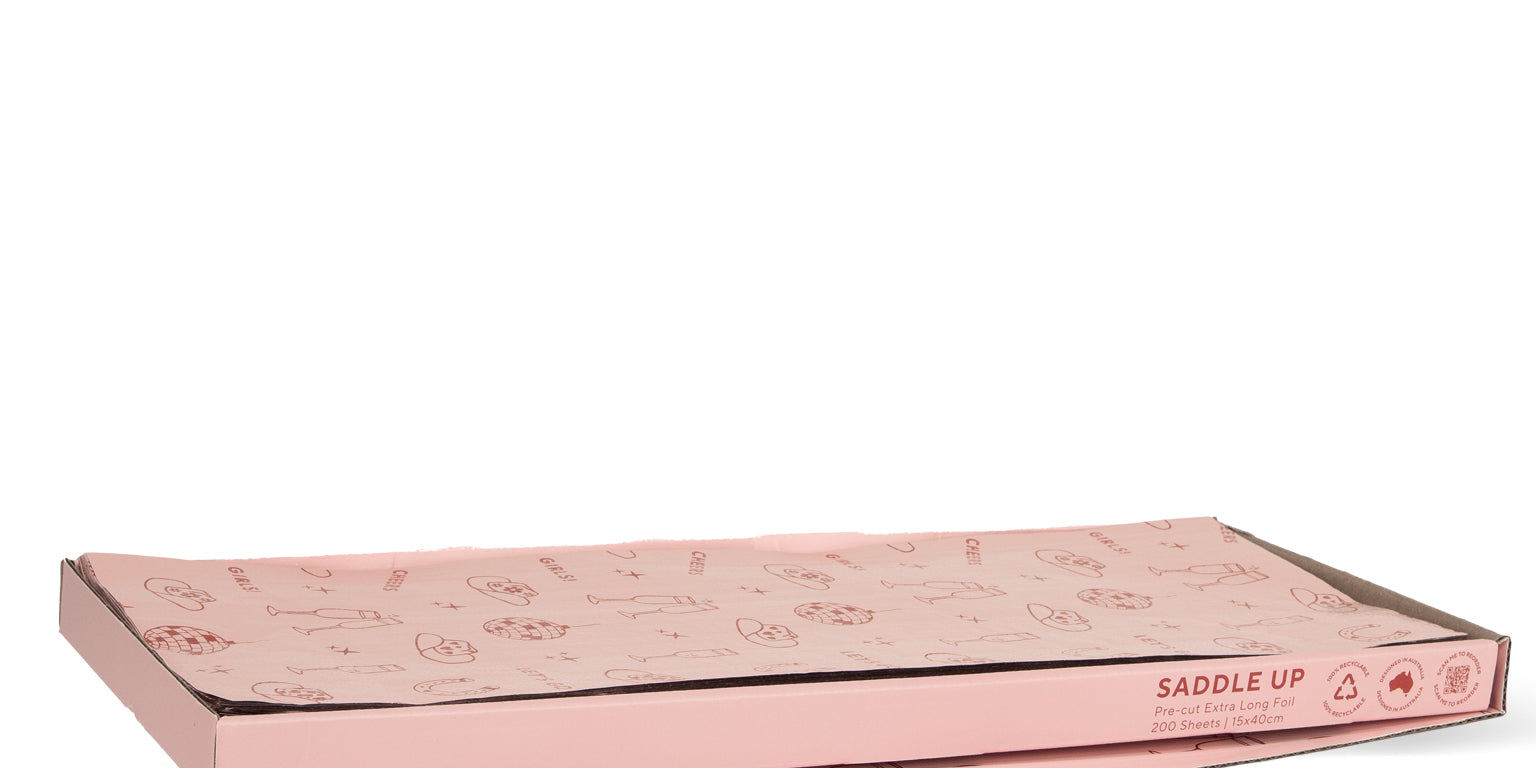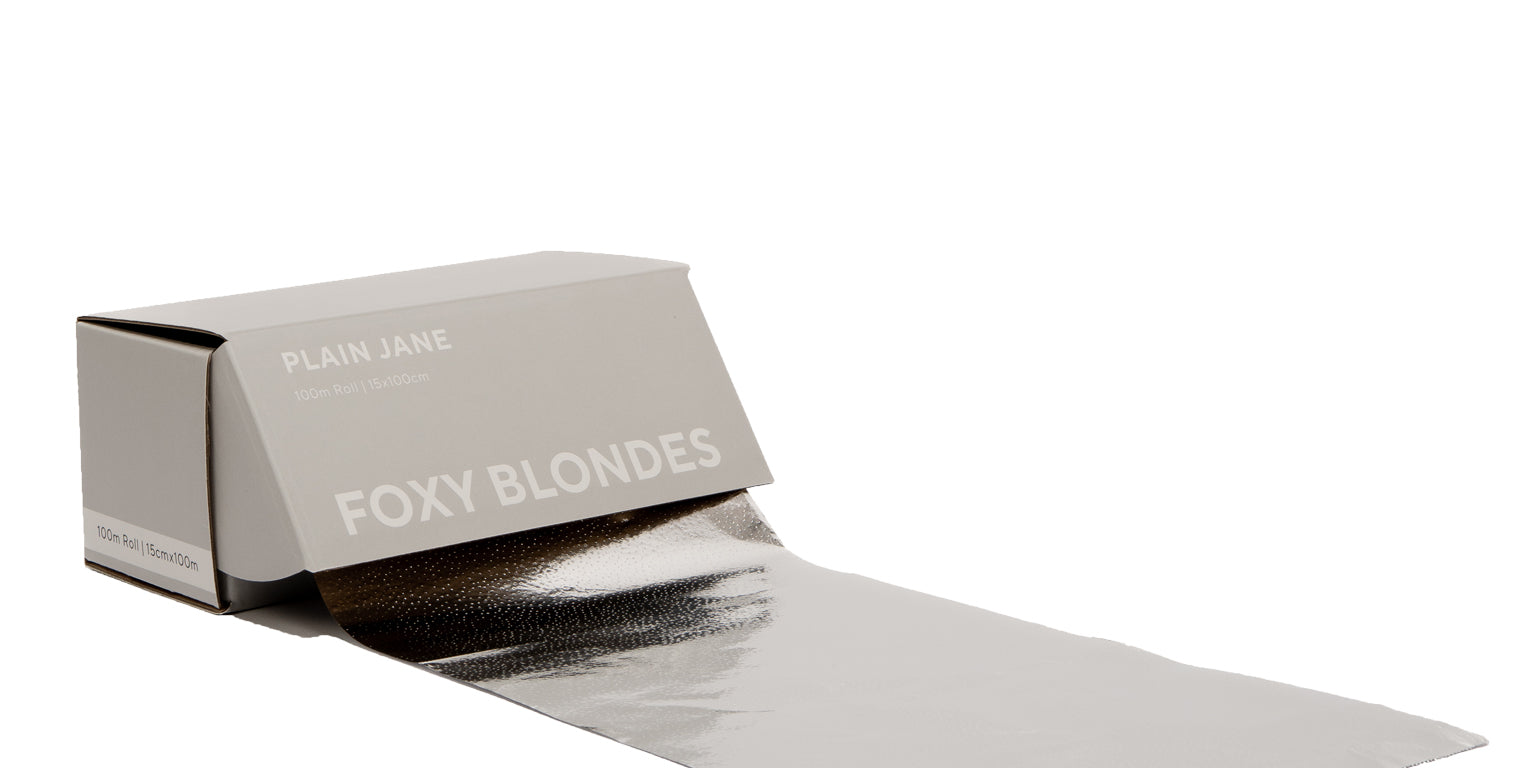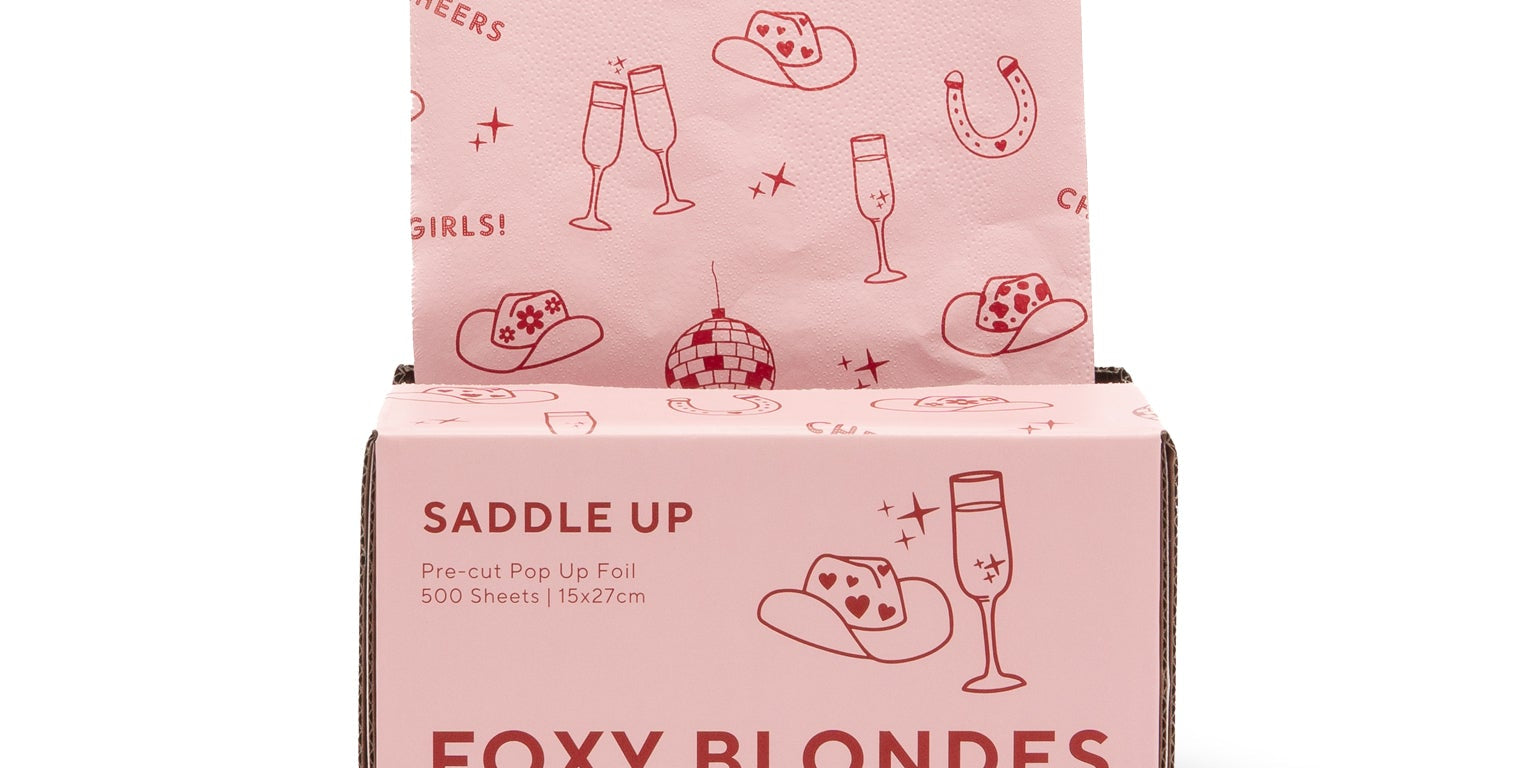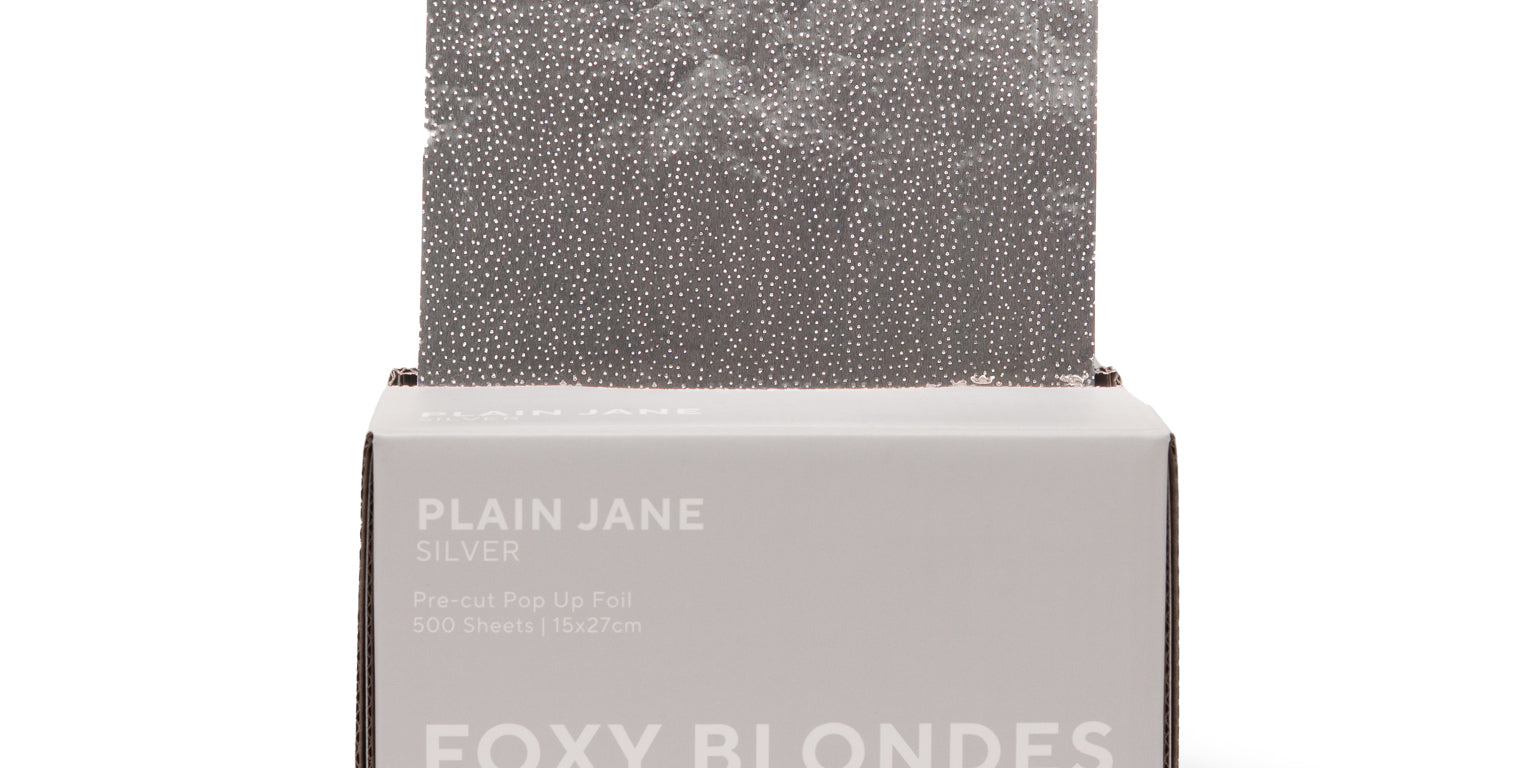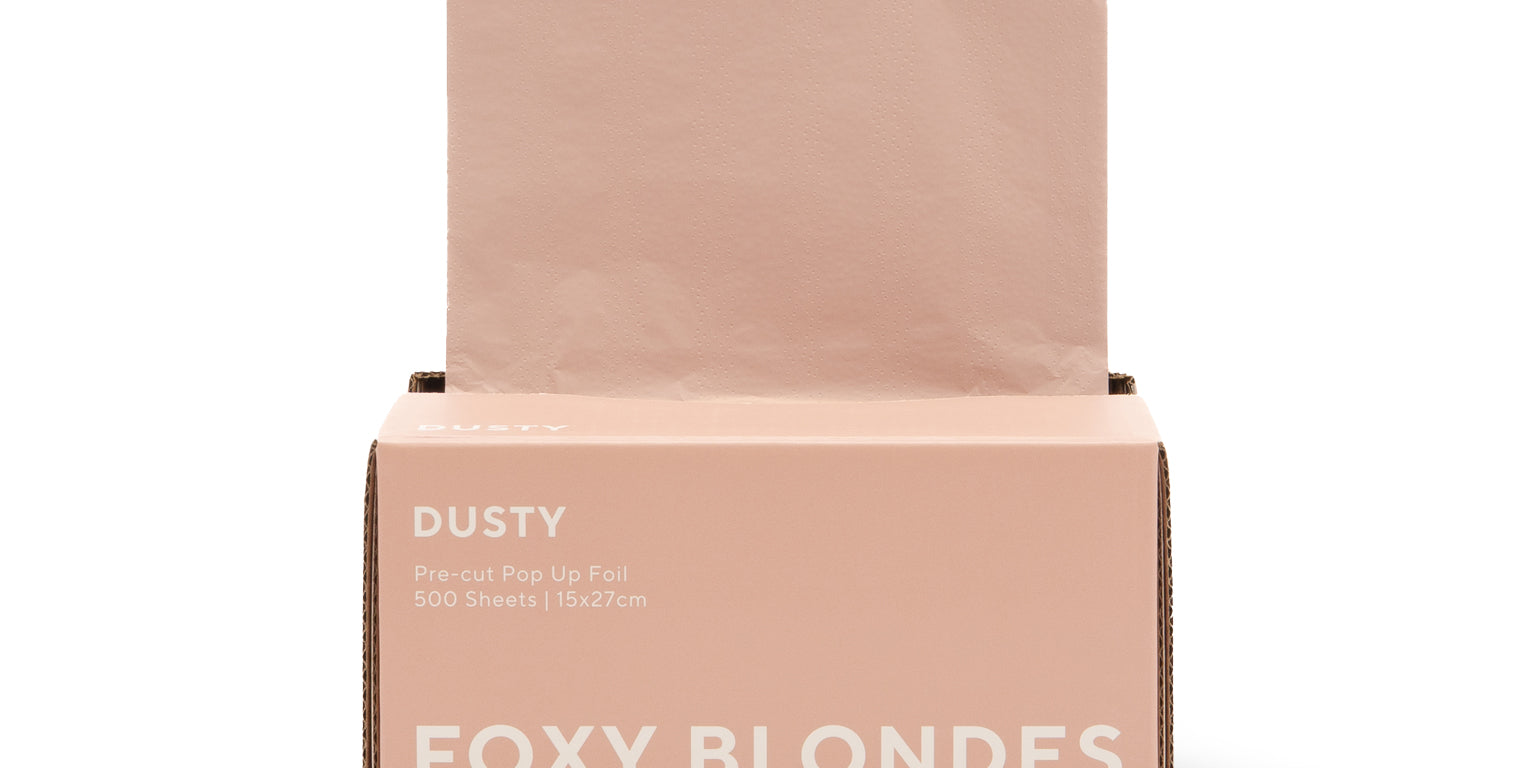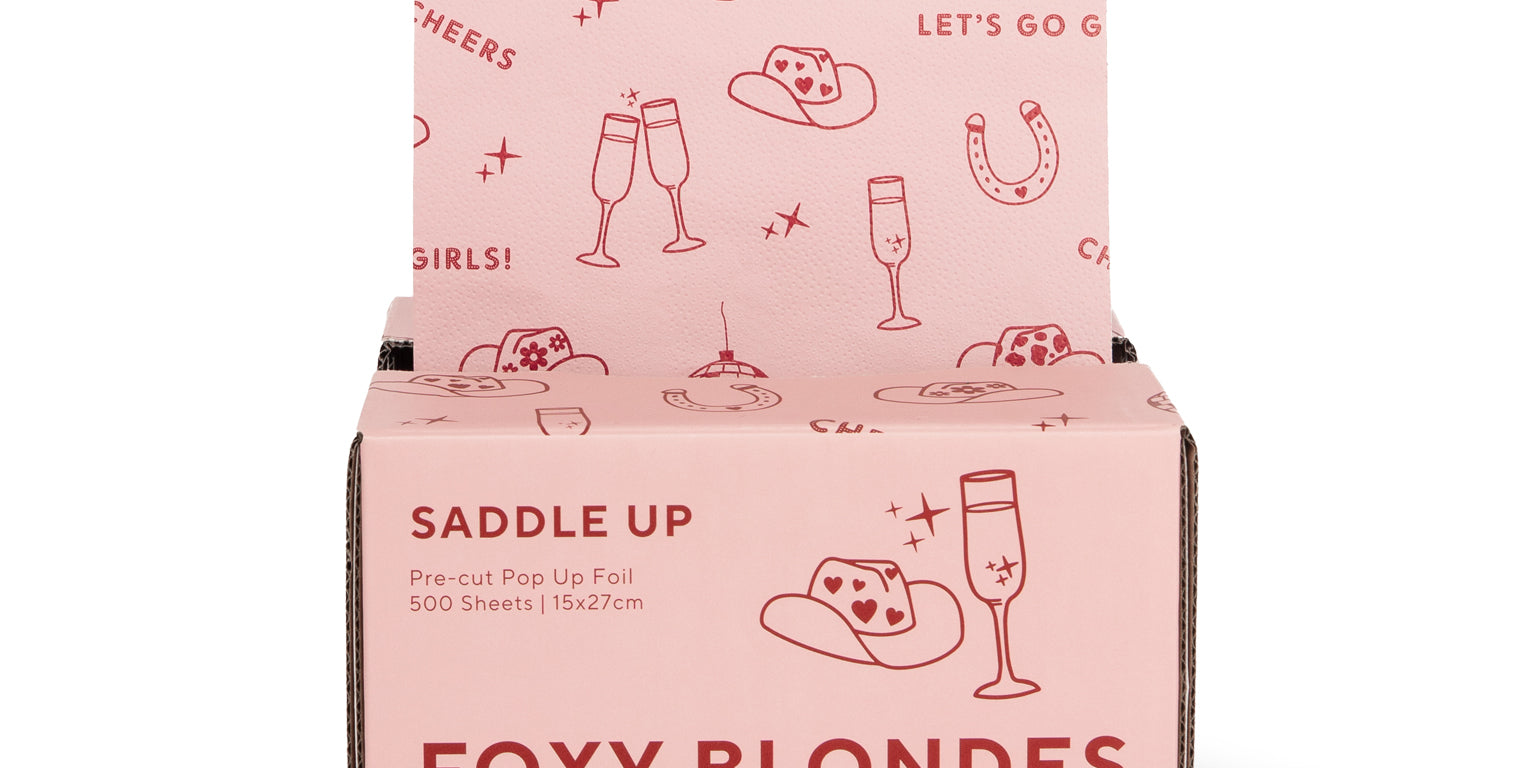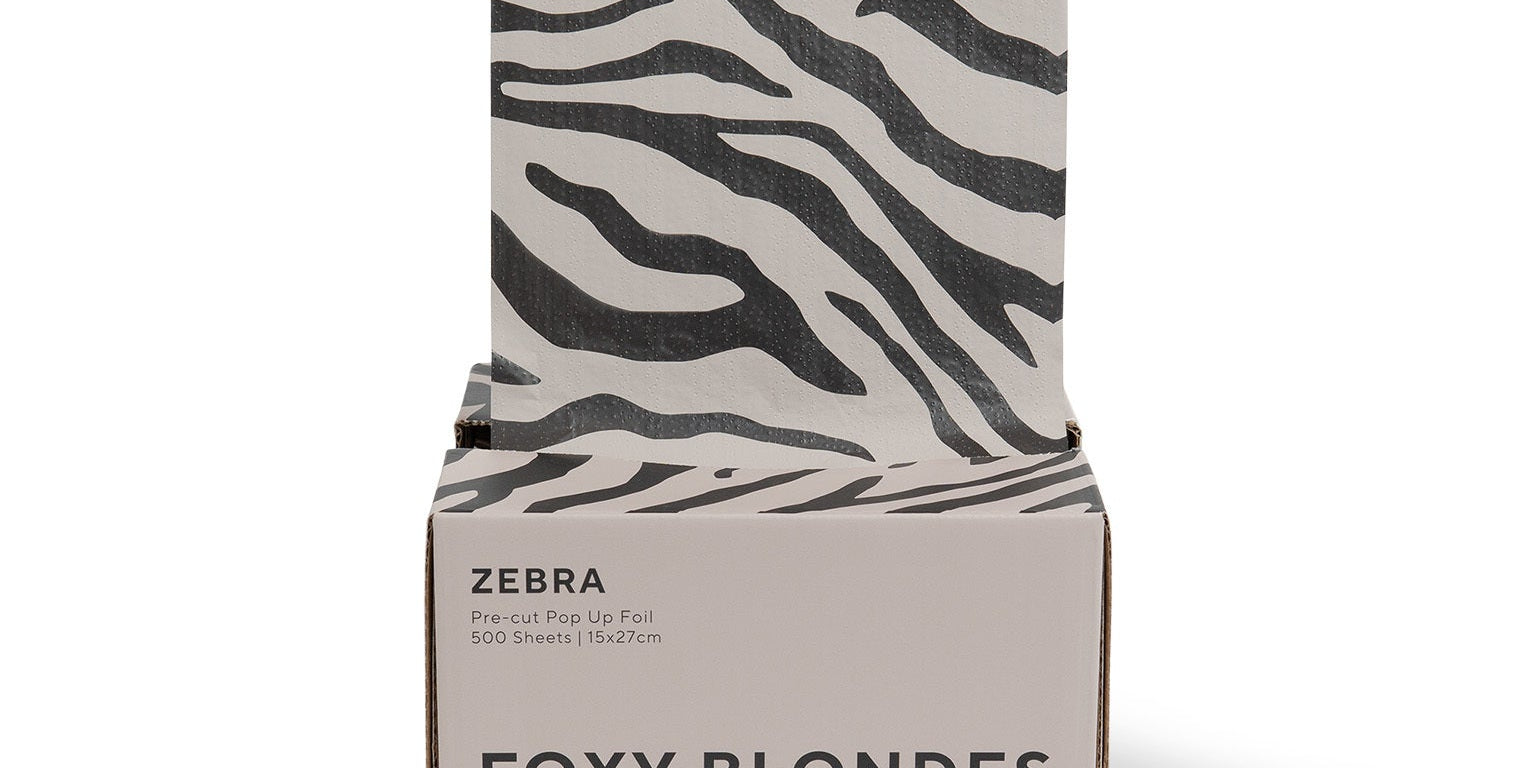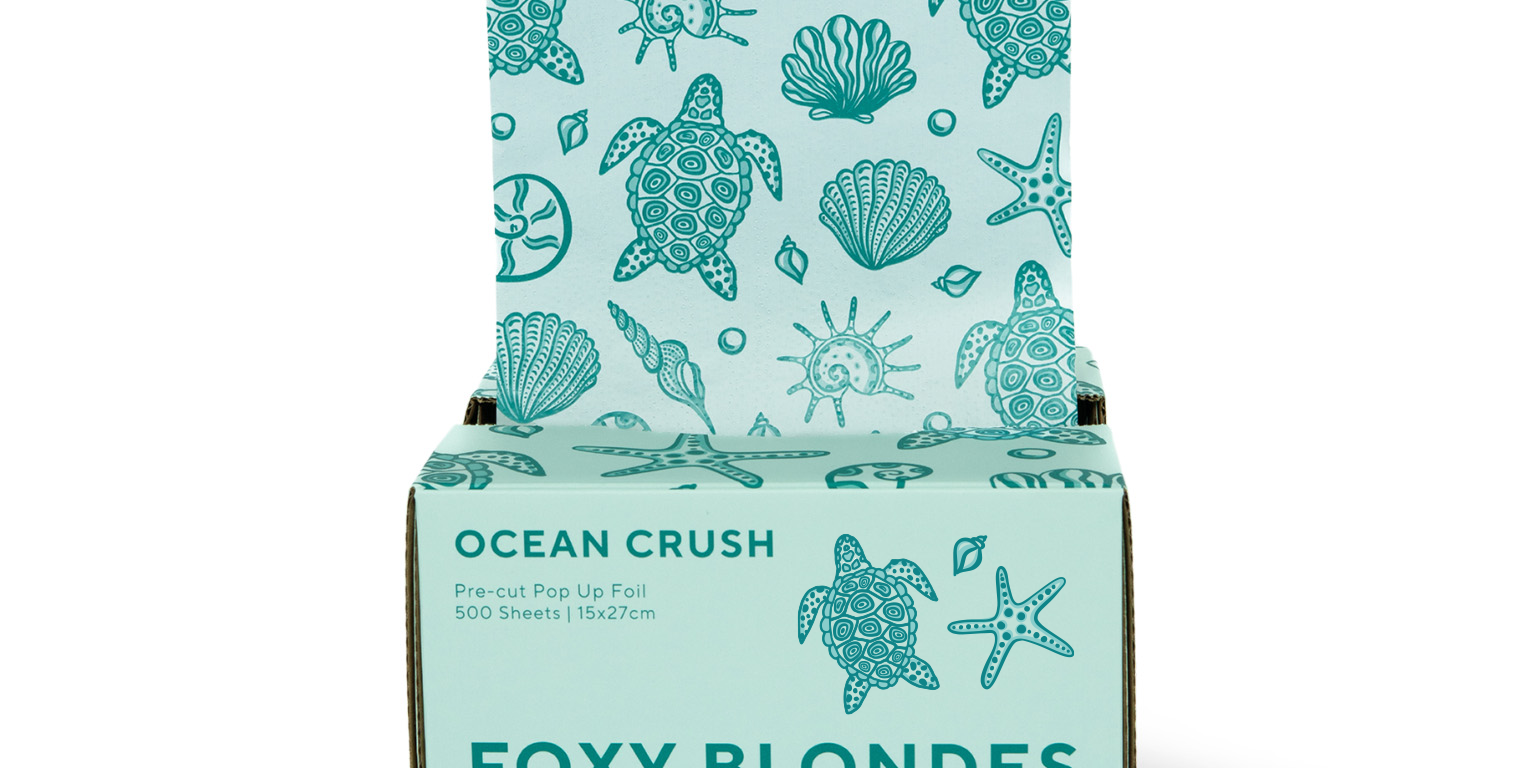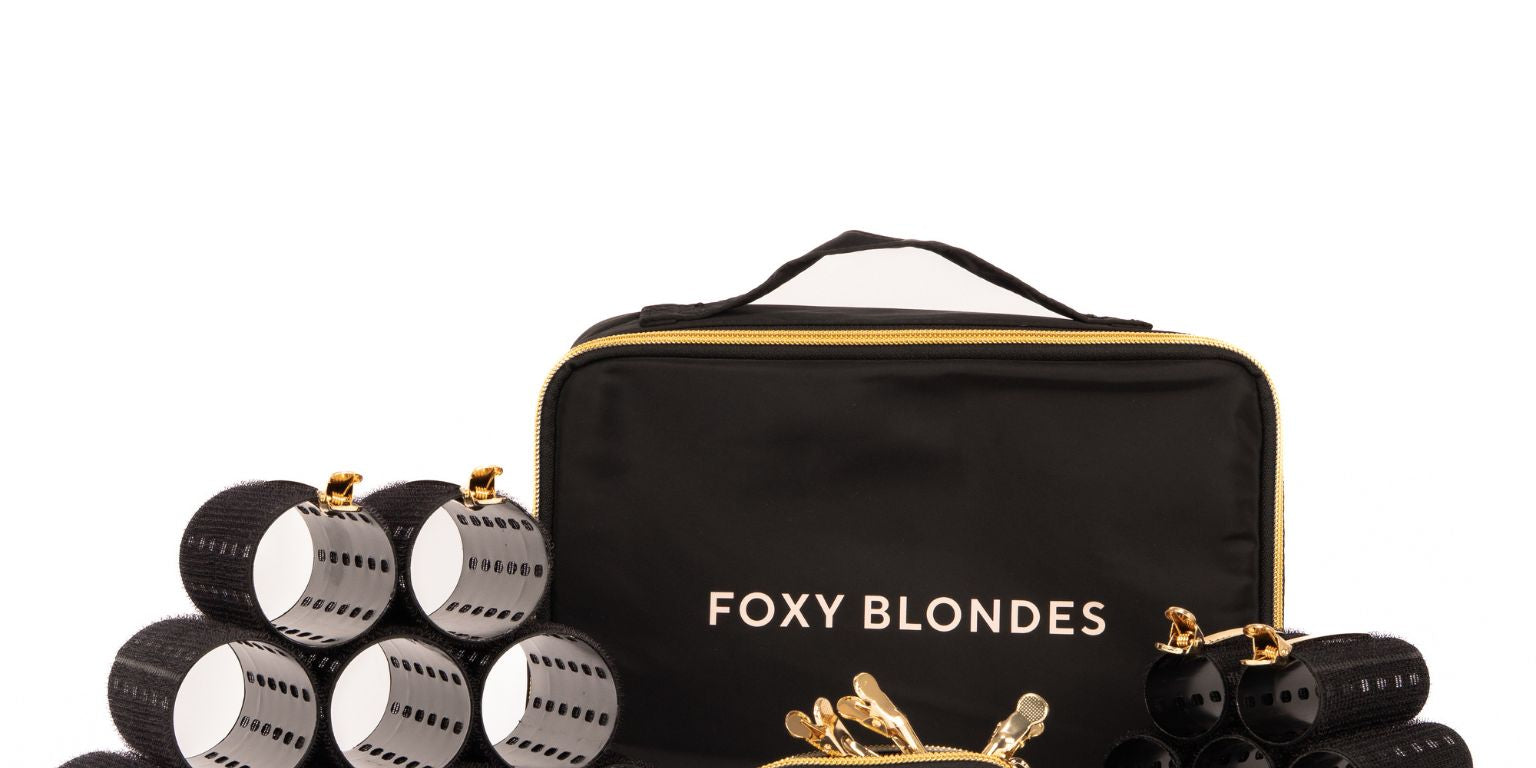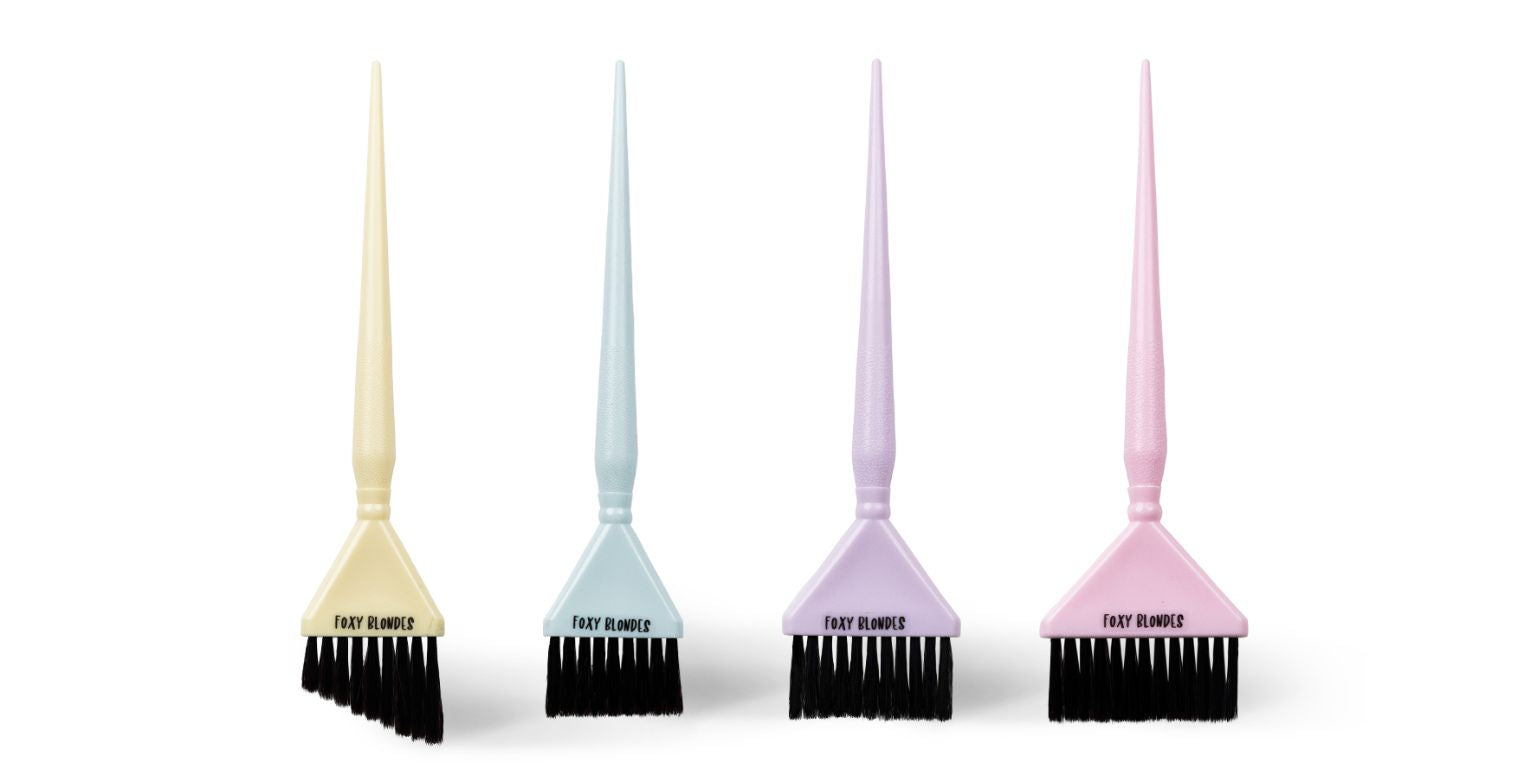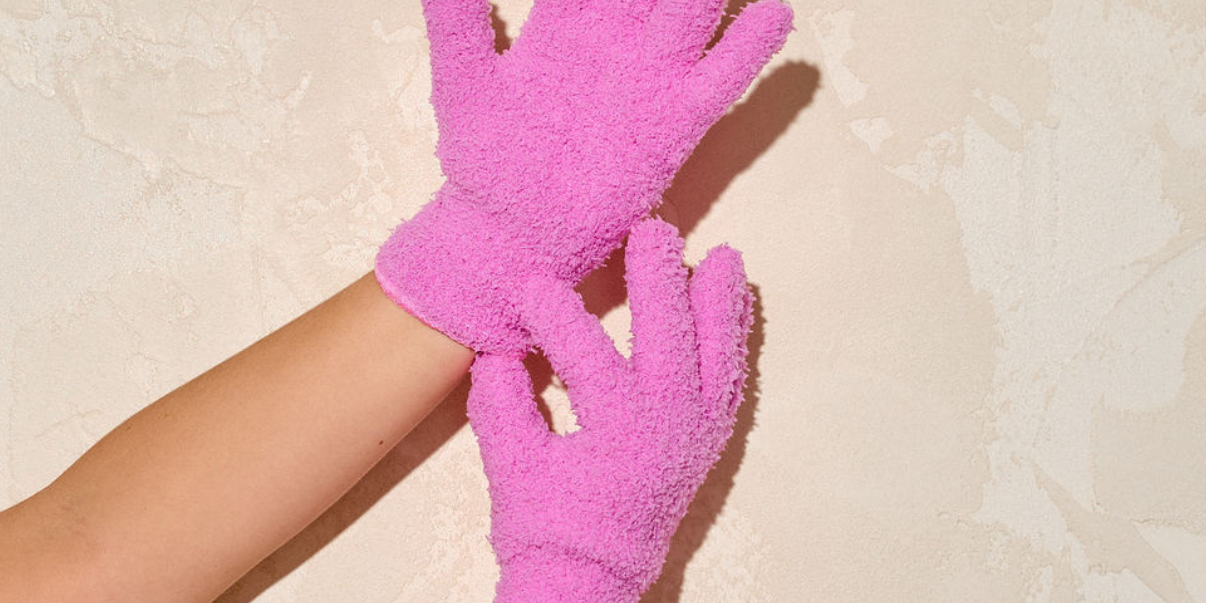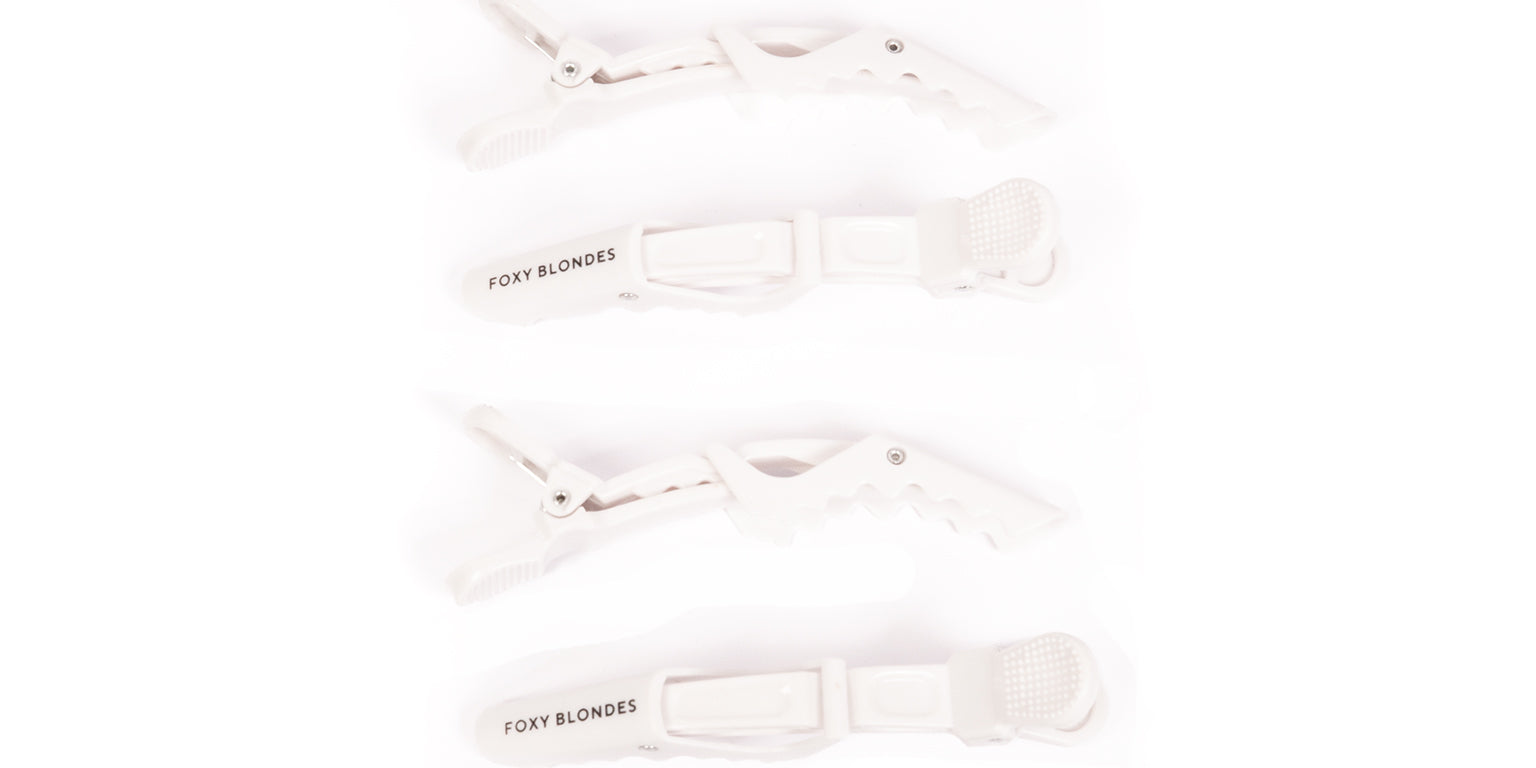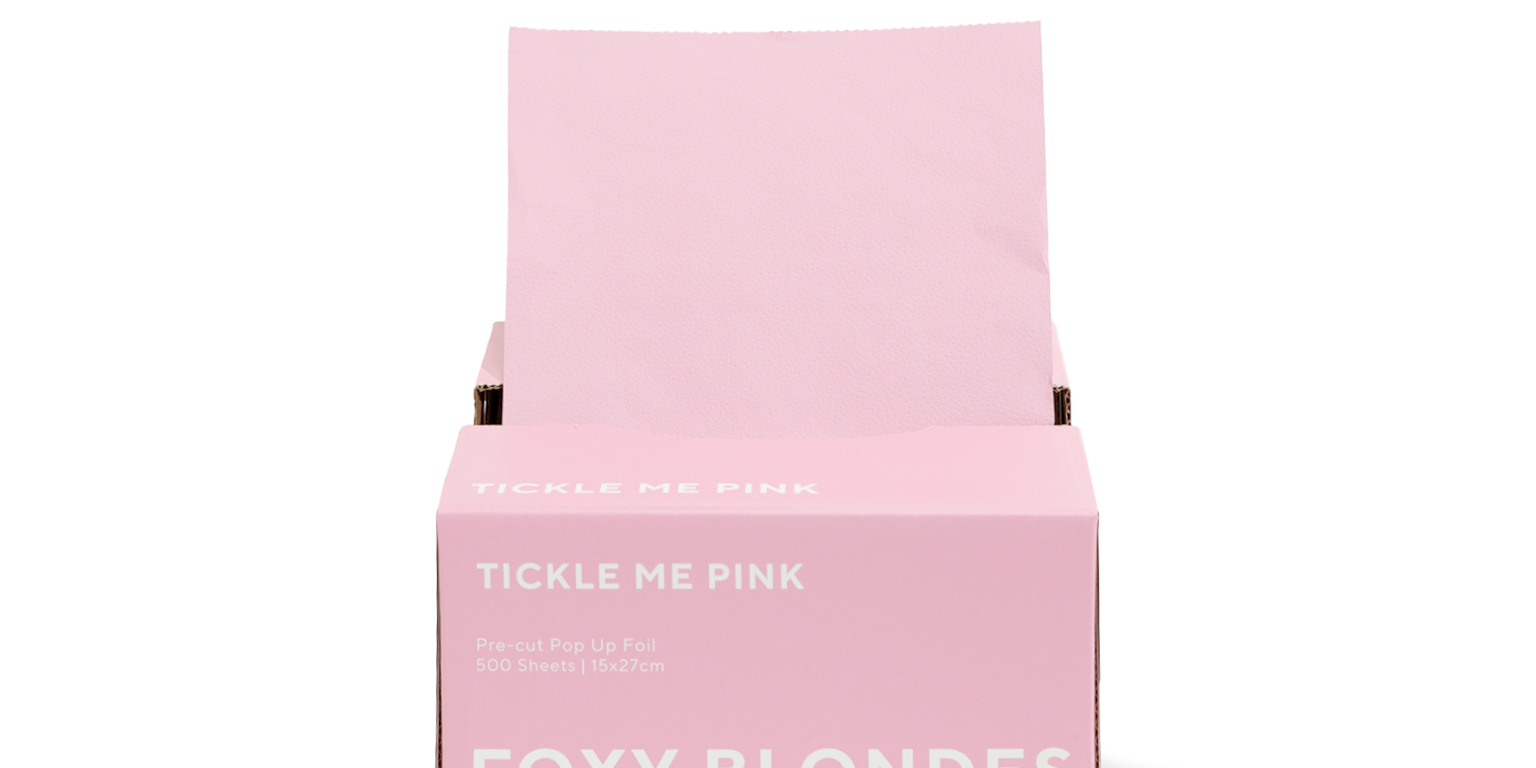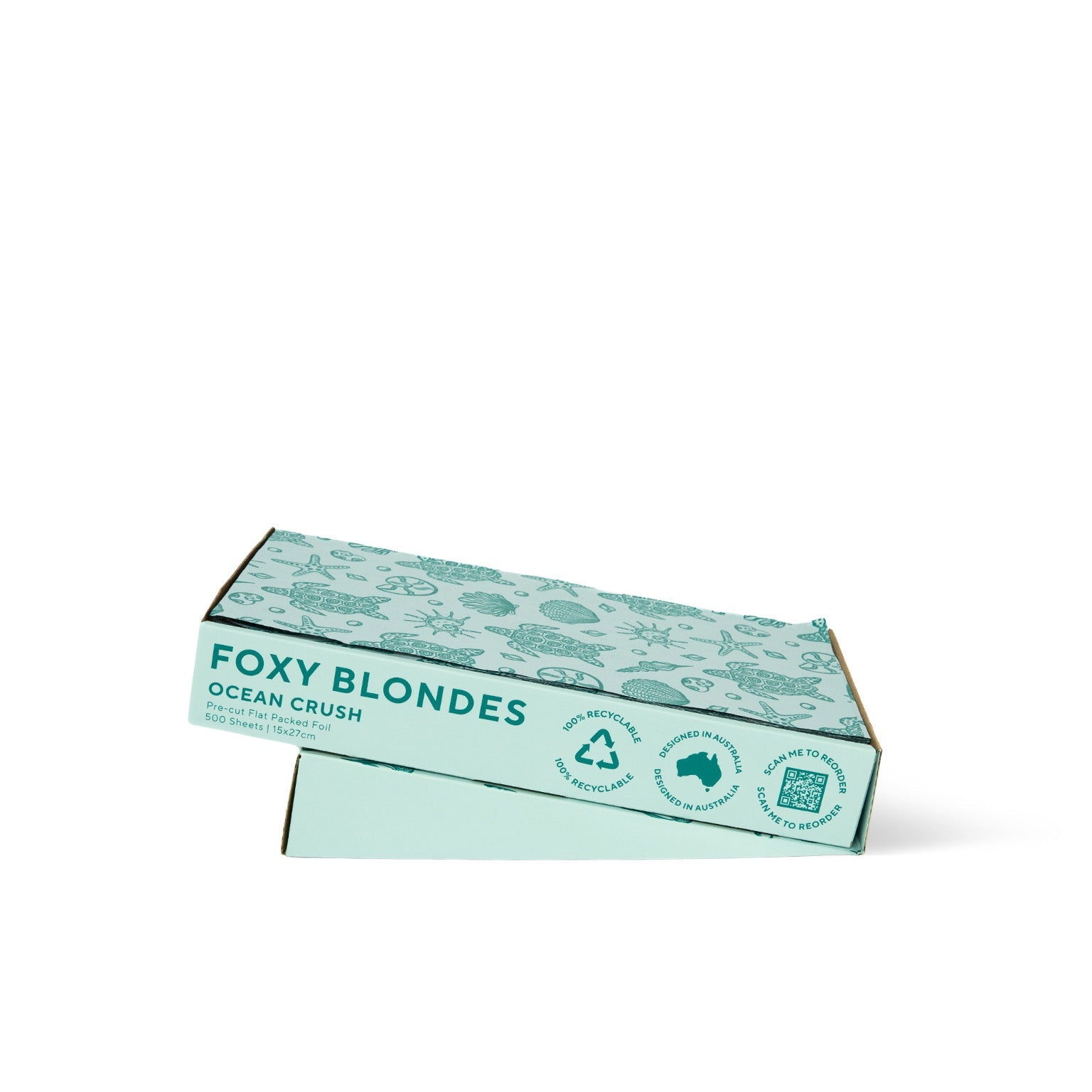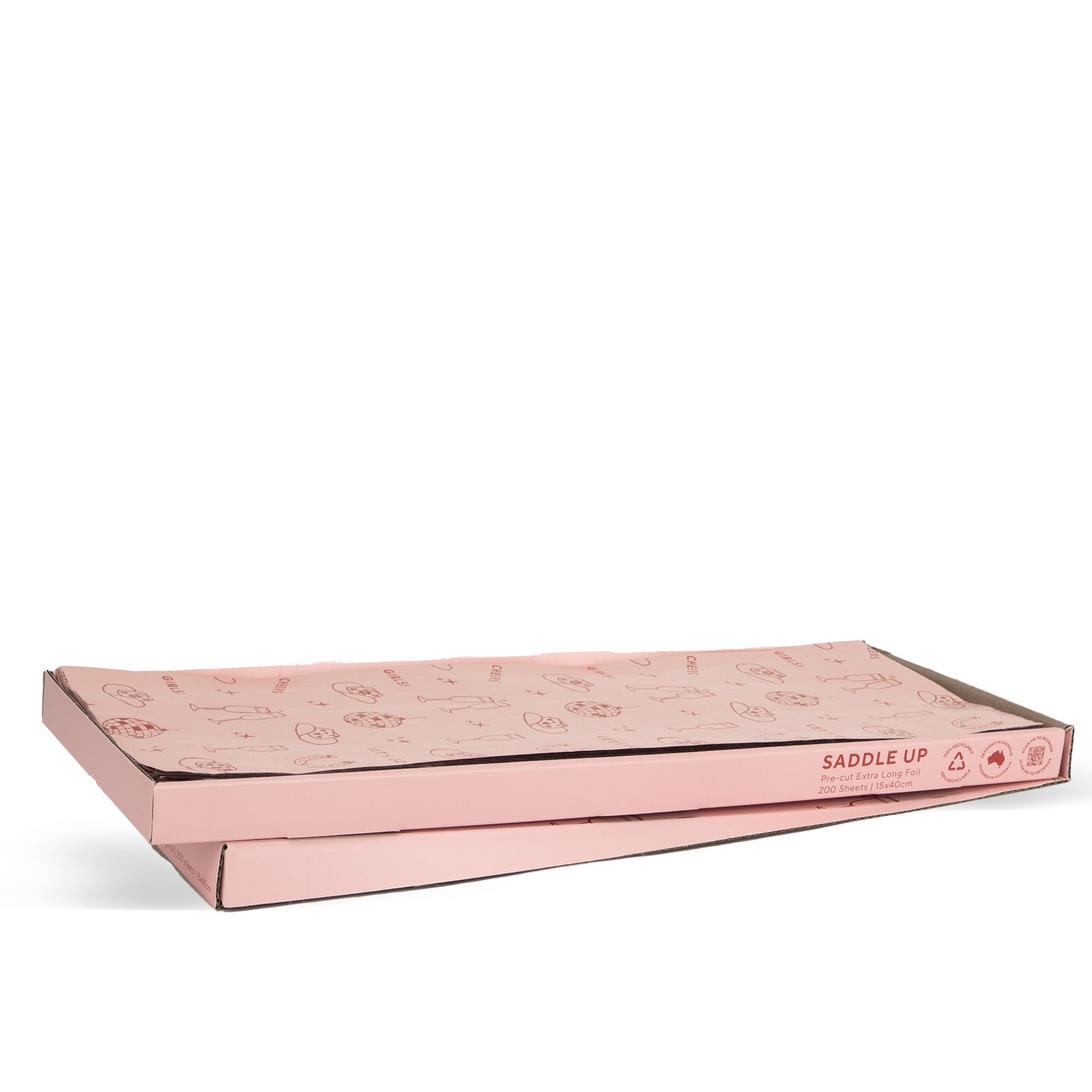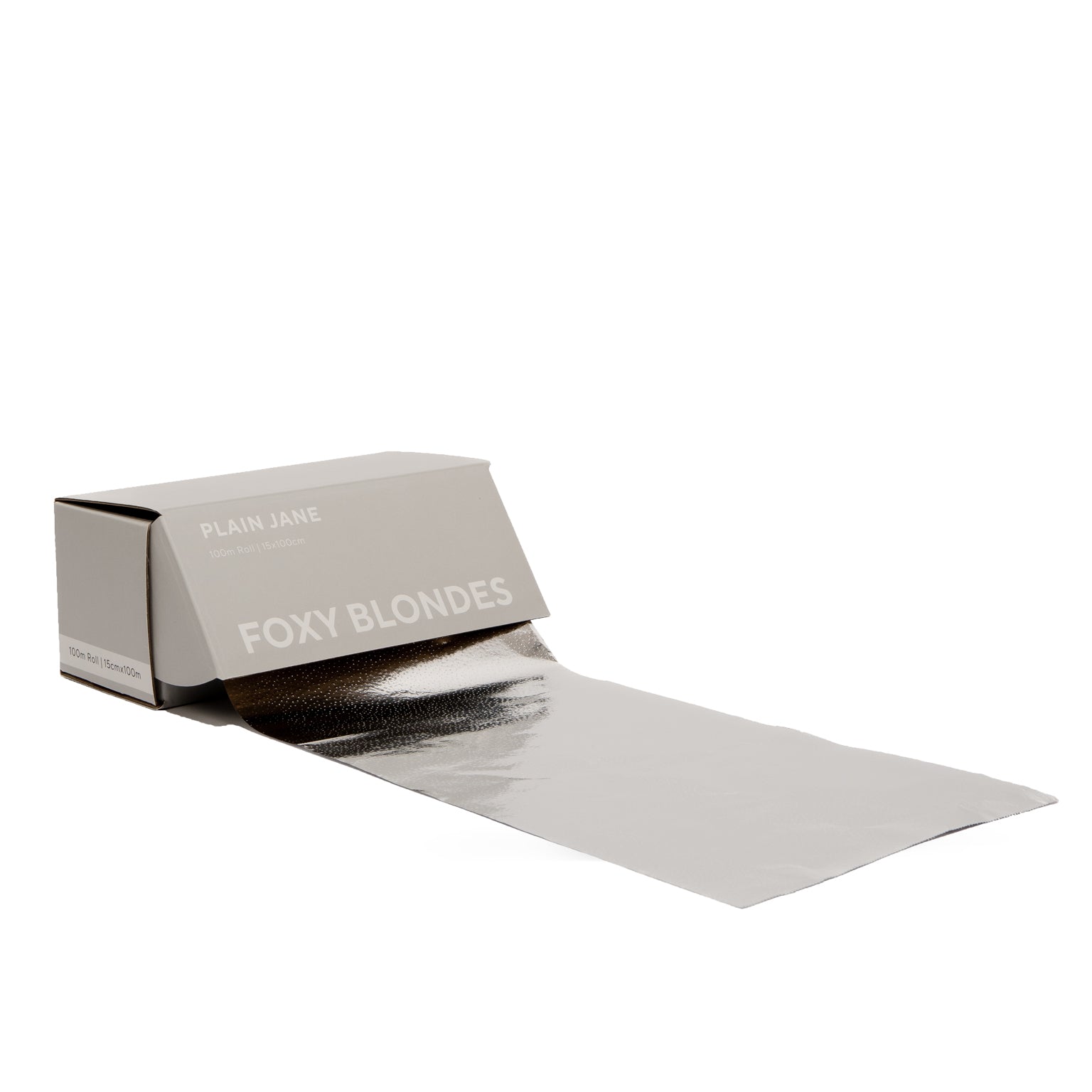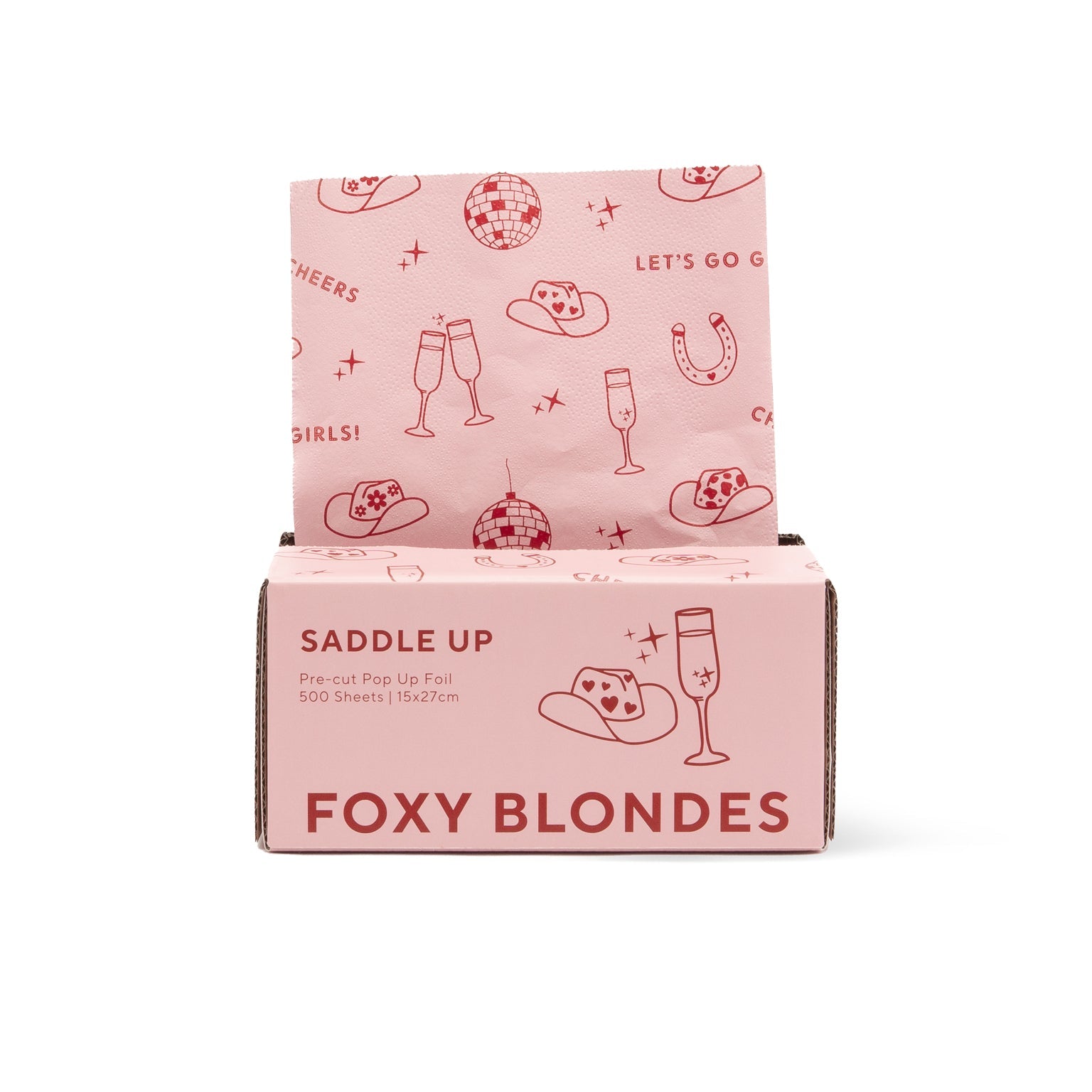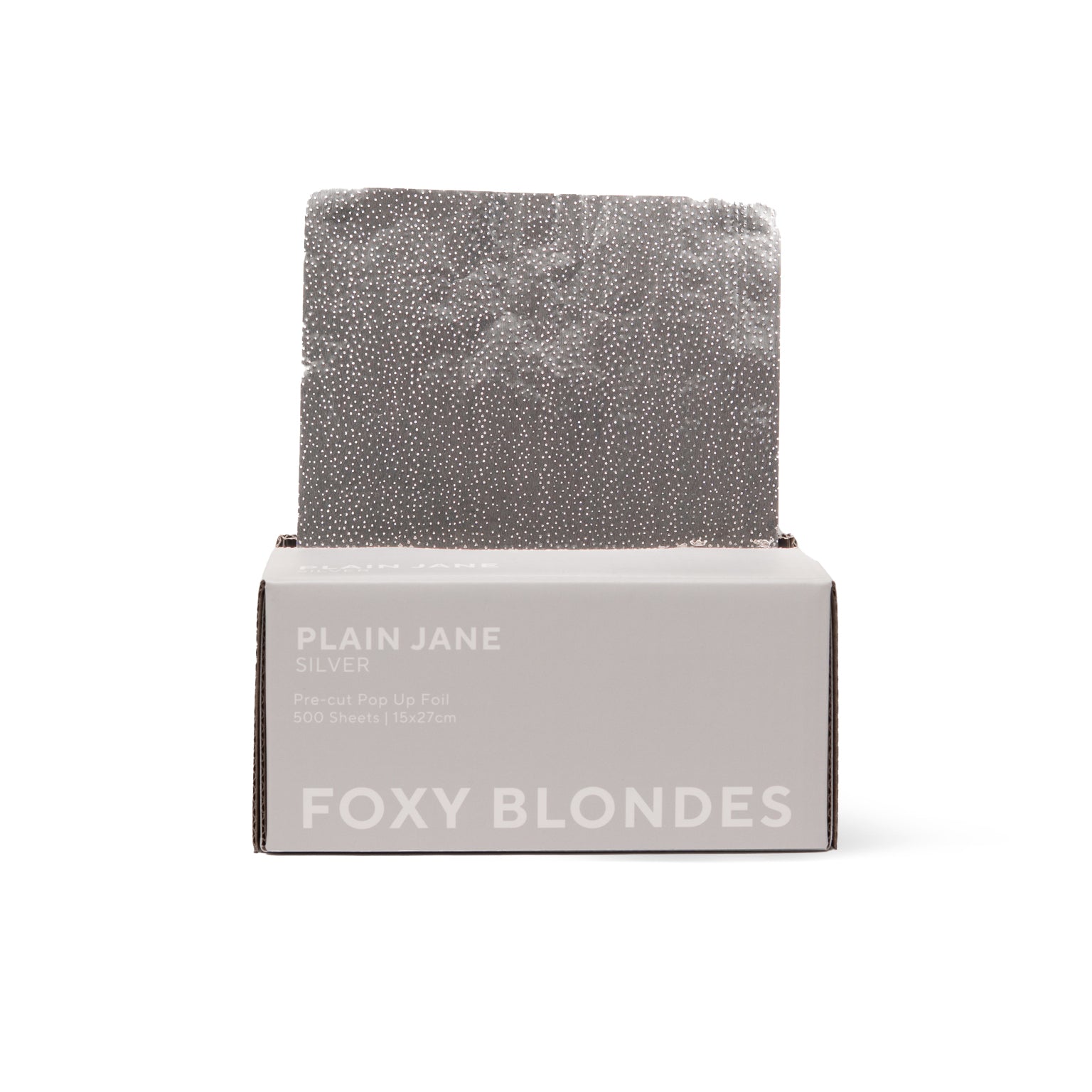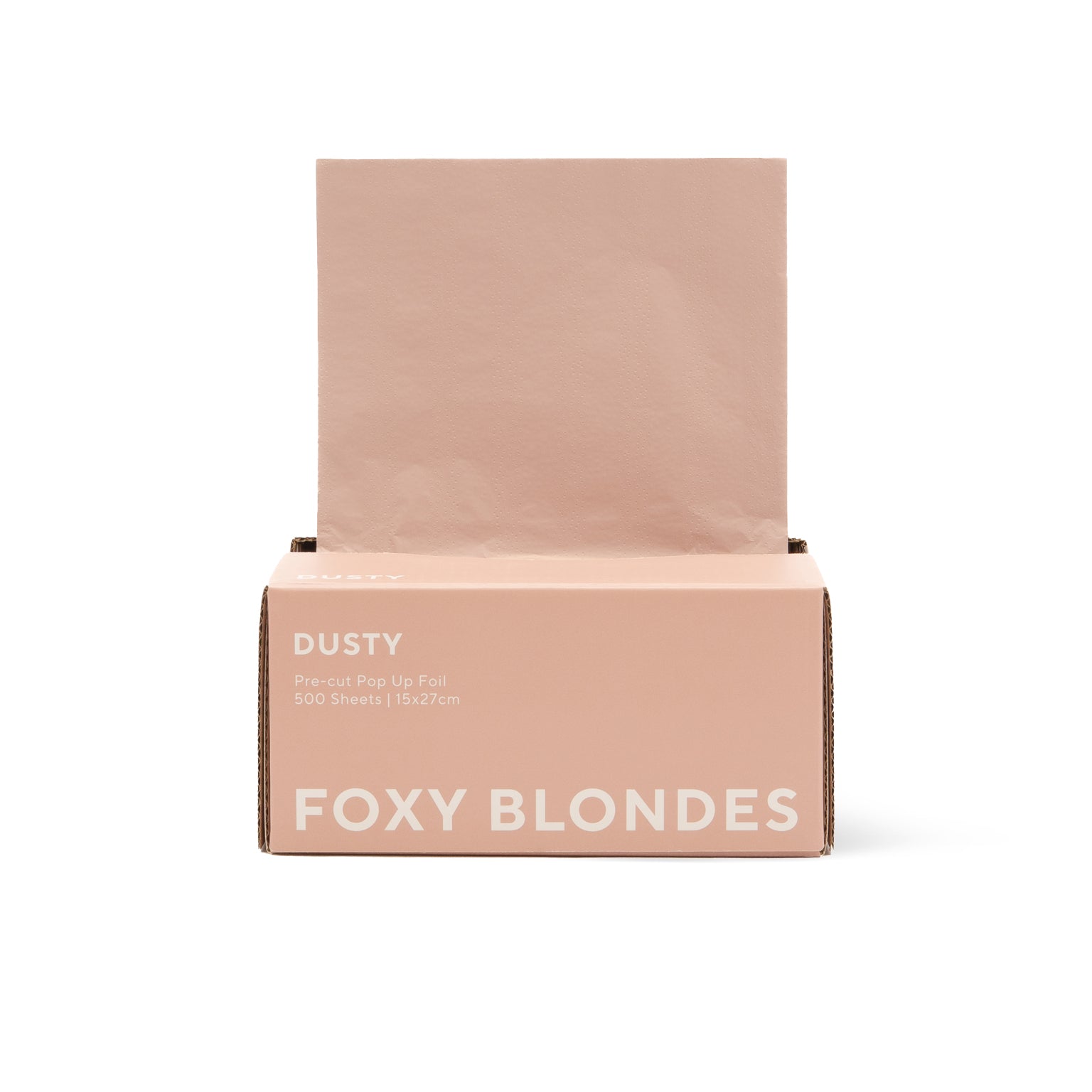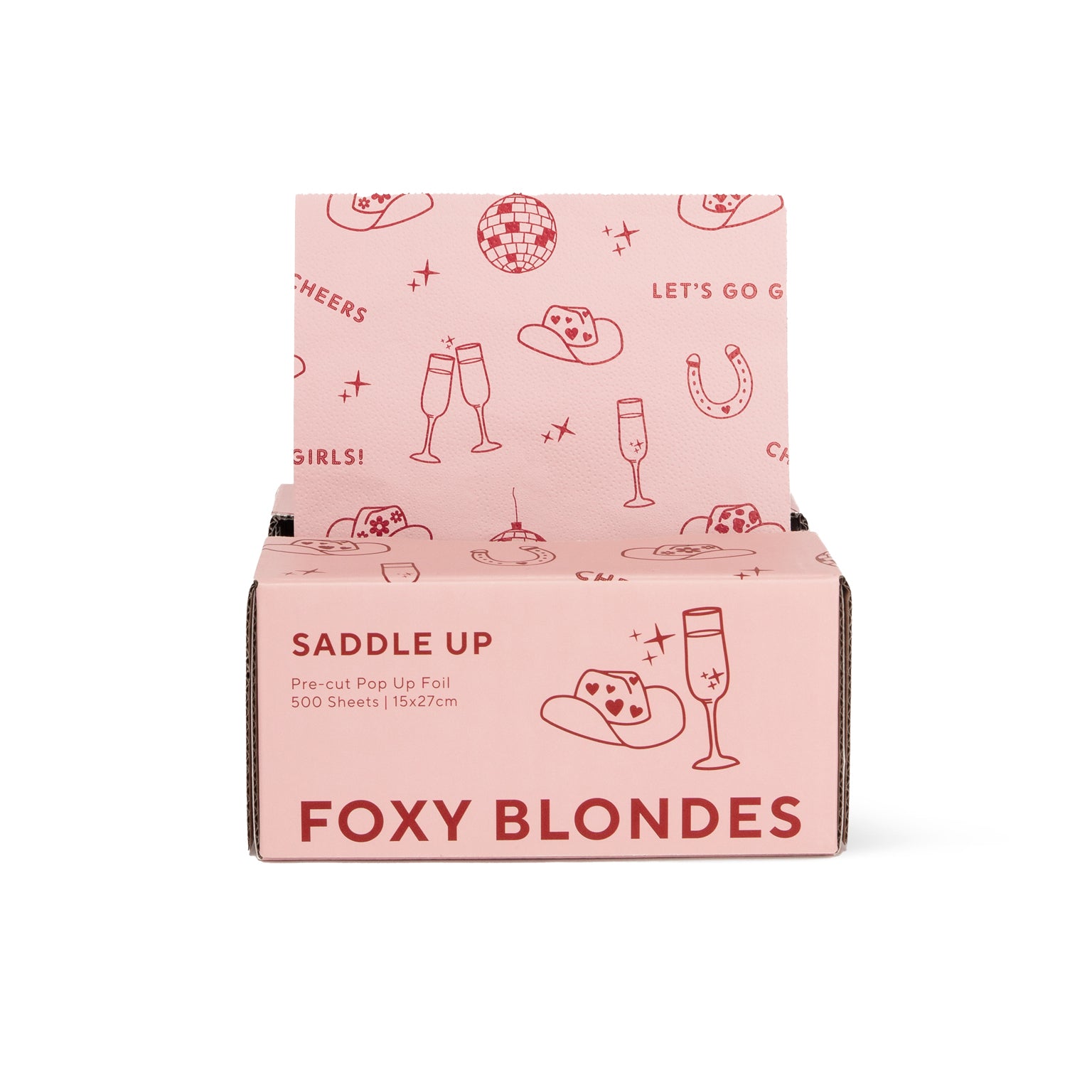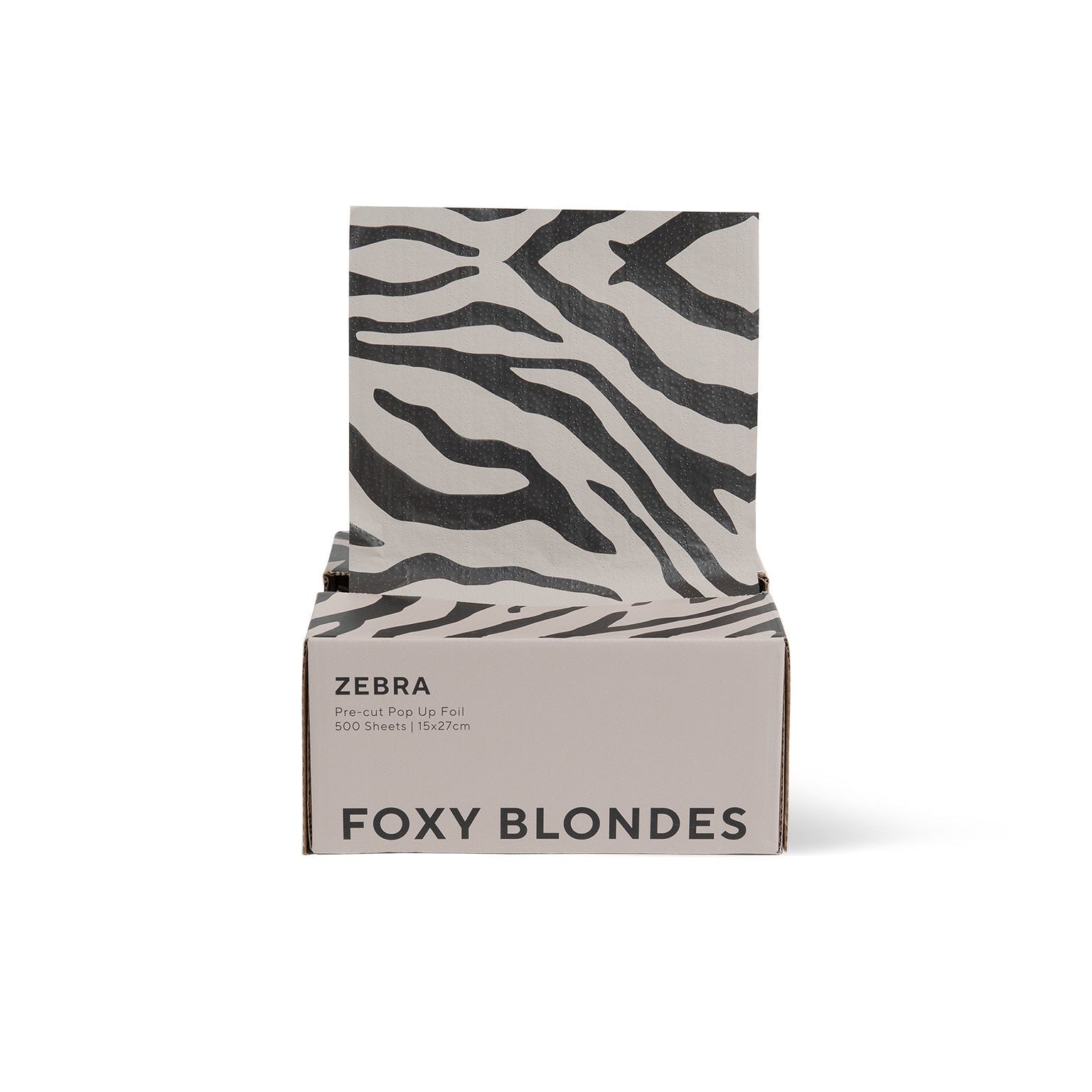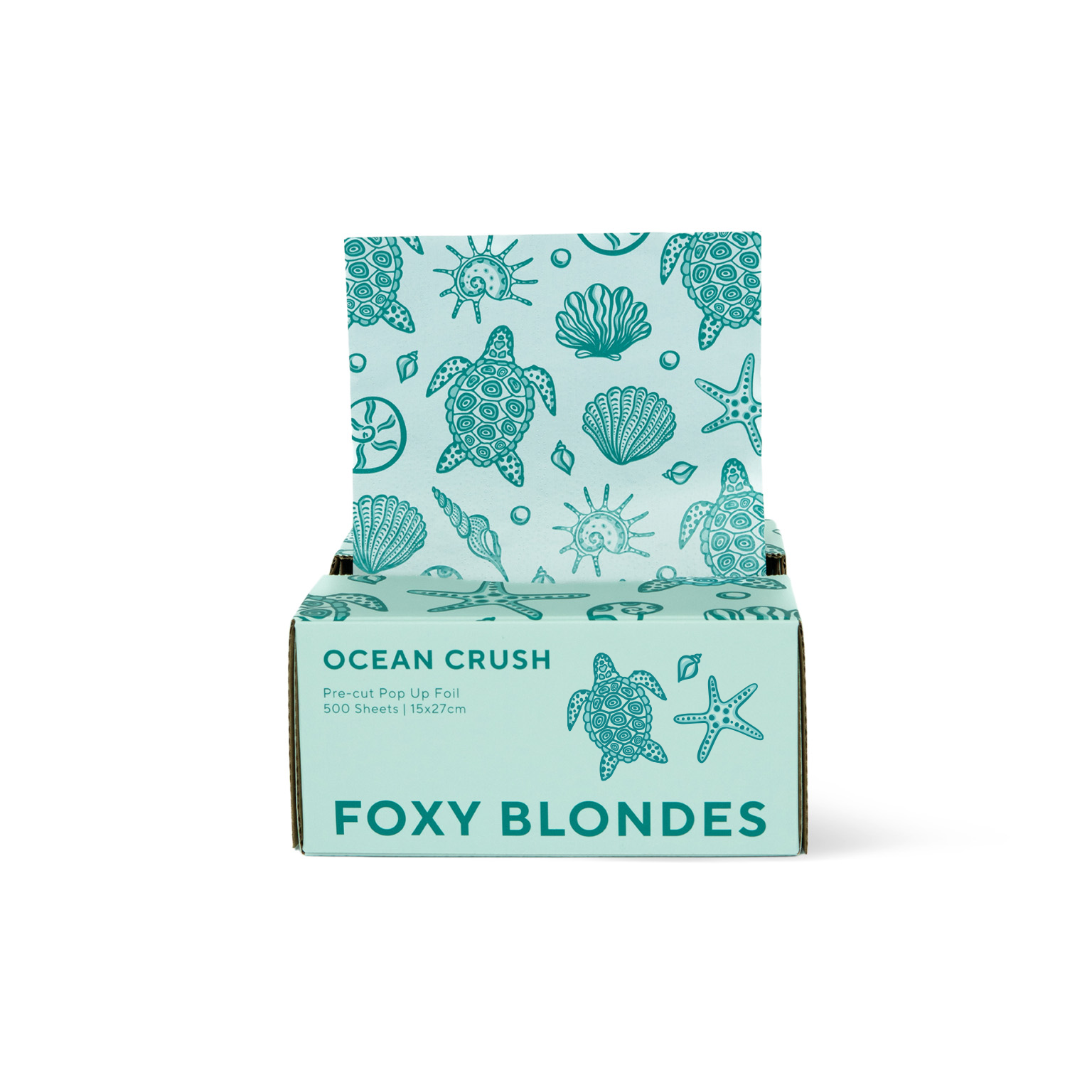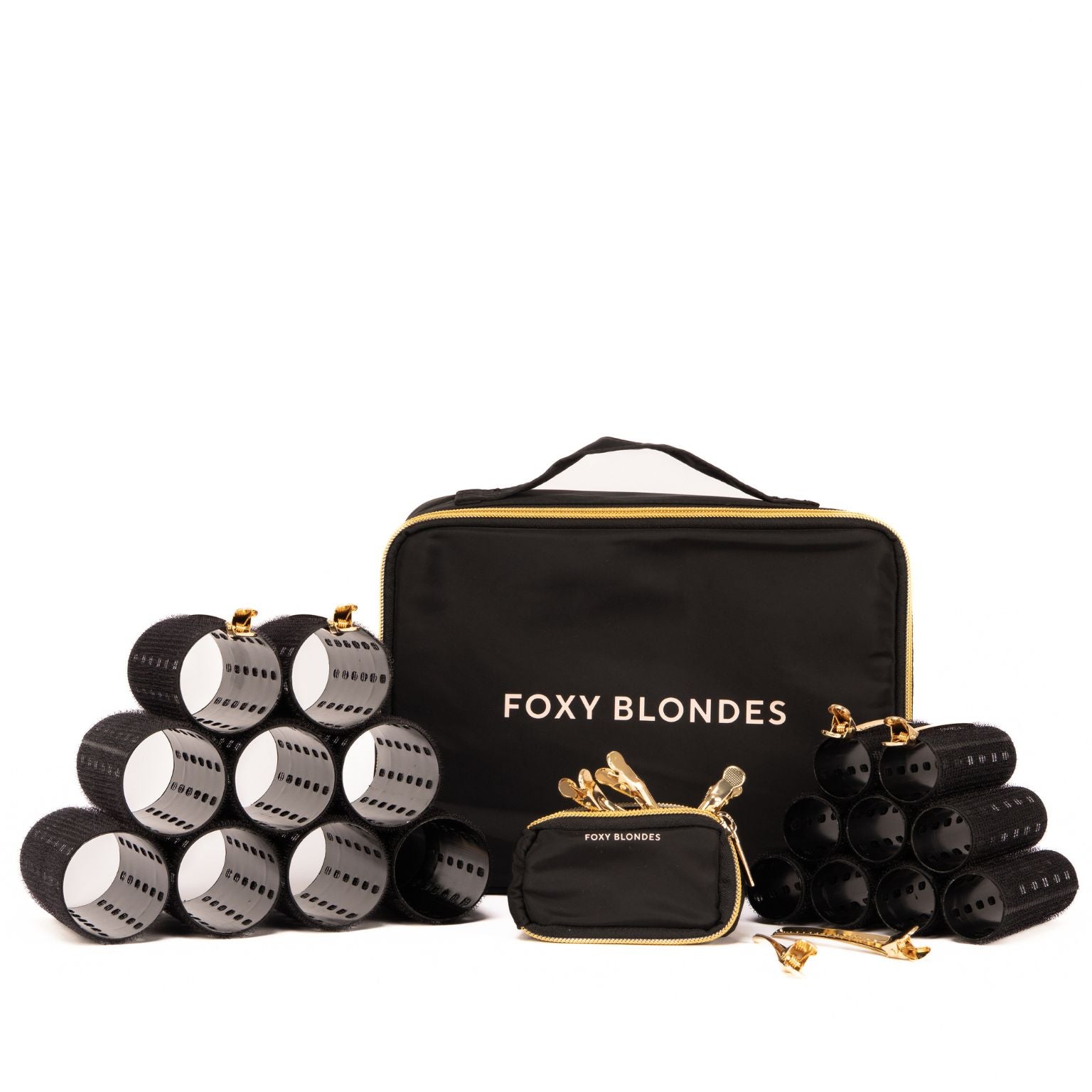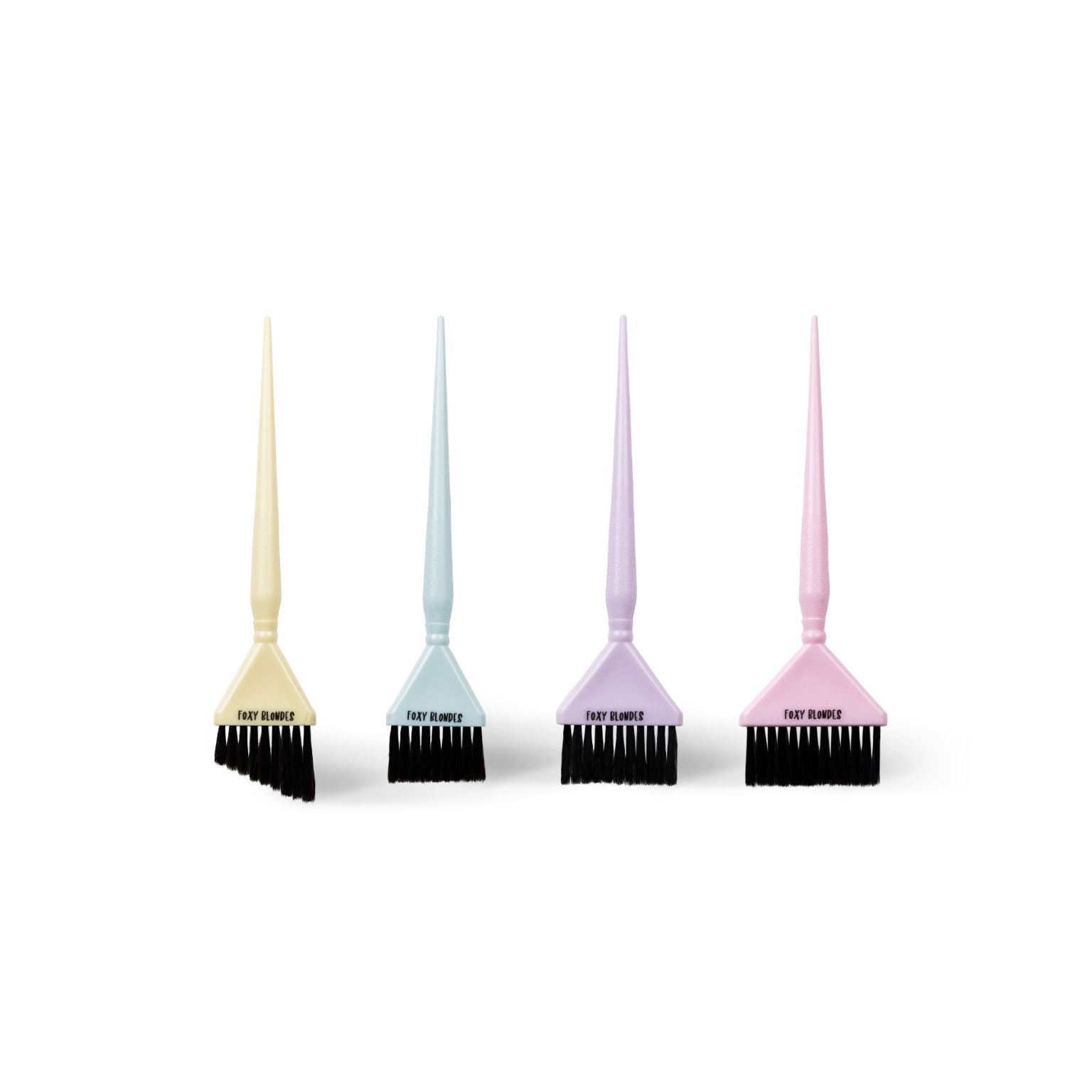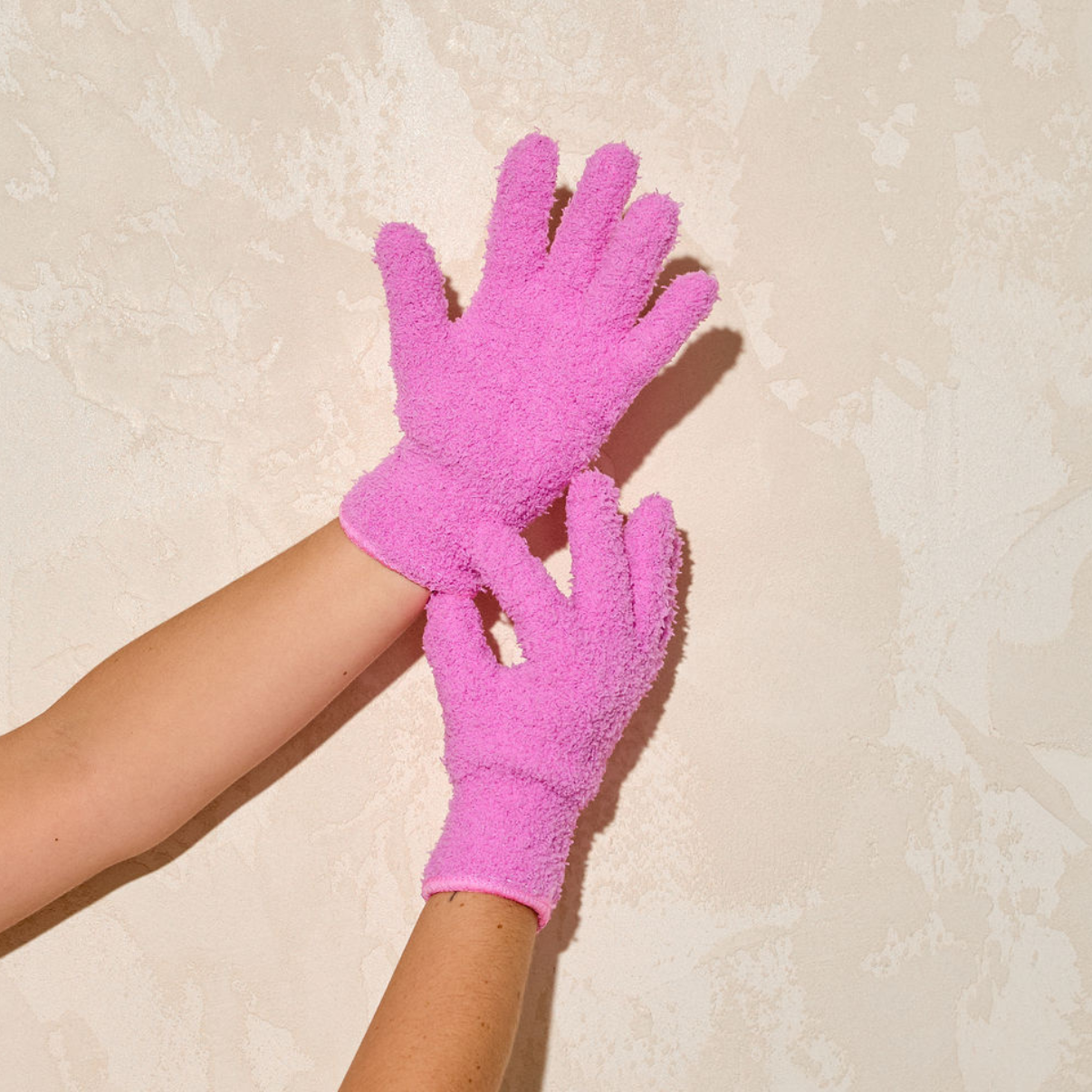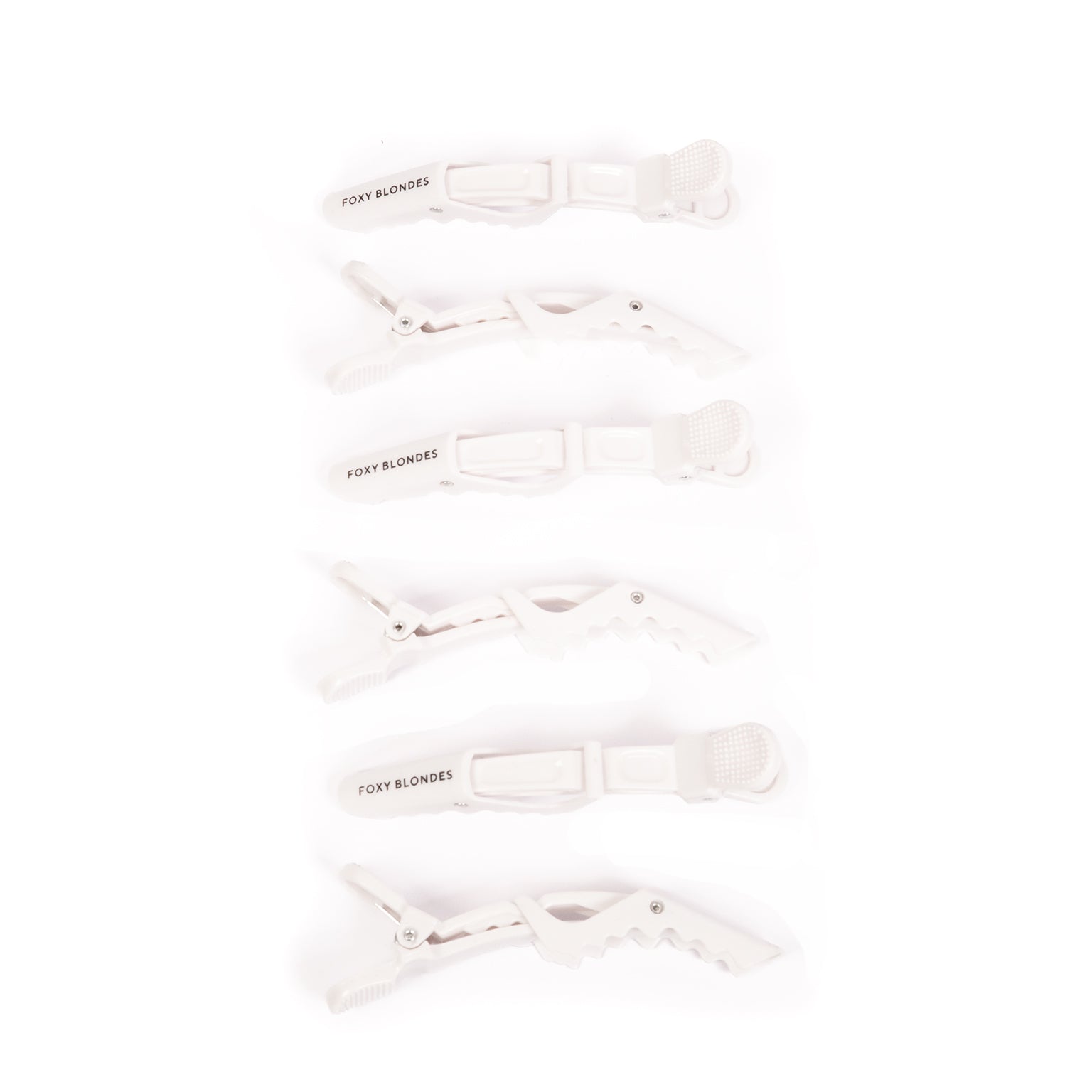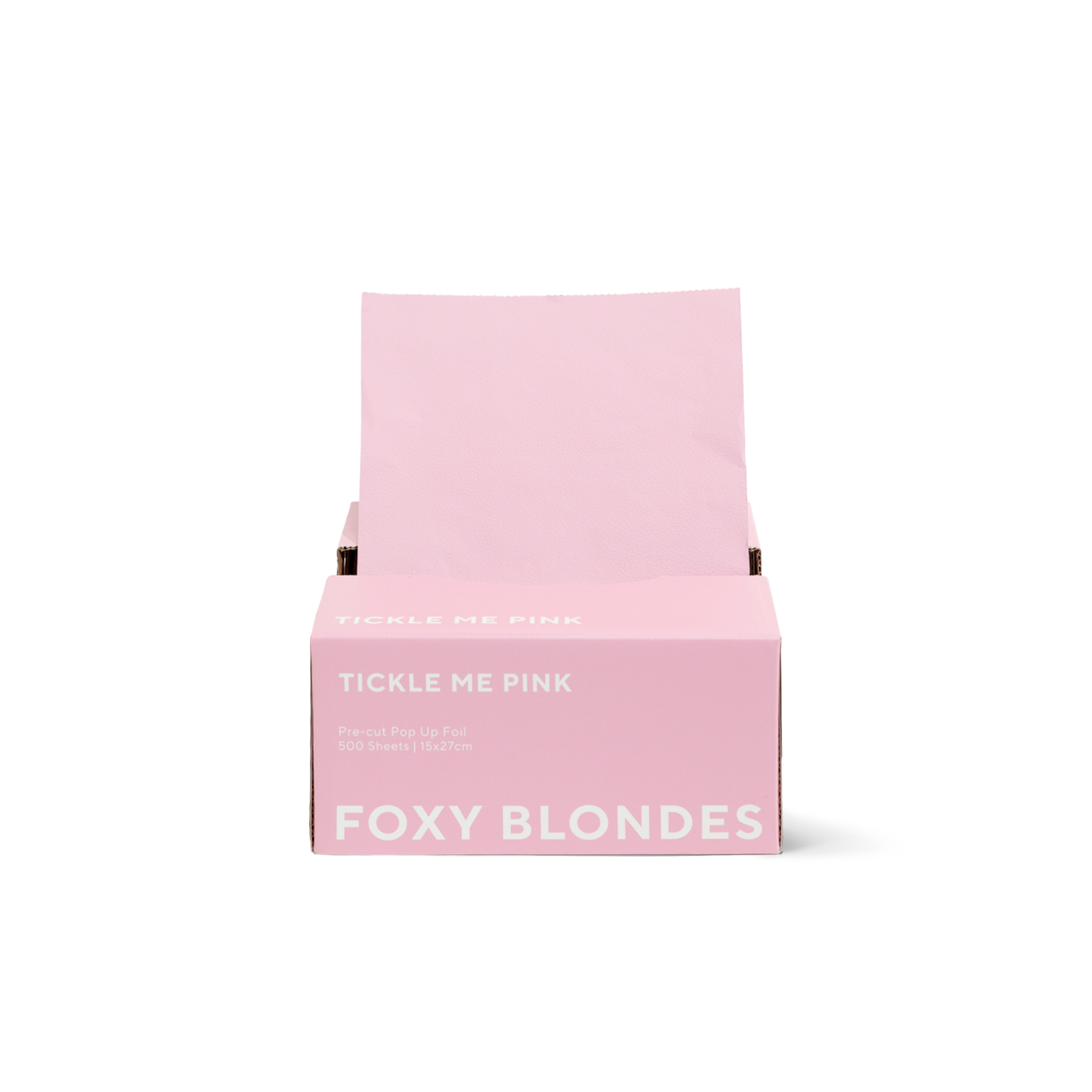Whether you’re reading “sulphate-free” labels or perusing the internet for ingredients to stay away from, you’ve seen them everywhere and (like the rest of us) don’t quite understand what the deal is. They’re a bit buzzword-y but worth knowing about - parabens and sulphates are the trouble children of haircare. But exactly why should we avoid them?
WHAT ARE THEY?
Sulphates are the chemicals that make your shampoos and soaps lather and foam. They’re easy to spot on an ingredients label, as you’ll see ‘sulphate’ amongst the highest ingredients. They generally include sodium laureate sulphate, sodium laurel sulphate, and ammonium laureate sulphate, and others.
Parabens are artificial preservatives that arrived on the scene in the 1920s, found in shampoos, deodorants, moisturisers, makeup and more. They keep mould and bacteria at bay, making your products last longer. Parabens include a range of ingredients, being methylparaben, ethylparaben, propylparaben, isopropylparaben, butylparaben, isobutylparaben, and alkyl parahydroxy benzoates. As you will notice, most are easy to spot with the convenient ‘paraben’ suffix.
WHY SHOULD I CARE?
Generally, we understand that parabens and sulphates can be harmful, but science is still determining the extent of damage.
Sulphates can make your hair and scalp irritated and dry, stripping natural oils that keep them moisturised. This can cause frizz and a dry, itchy scalp, which is less than ideal. Those who frequent the foils or dye their hair might find their colour looks dull or dry, and sulphates are likely the culprit. Parabens have been questioned to cause health reactions, making those who are chemical-weary even more so.
It’s especially important to avoid both if you have fine or colour-treated hair, as well as skin conditions such as dandruff, eczema and rosacea. If you have sensitive skin, you may also notice the effect of sulphates around your neck, face and shoulders - wherever your products will touch the skin.
Hairstylists might notice more ingredients-conscious clients, and matching the expectations of your salon is essential.
IS IT TOO LATE?
Getting the most out of a single product is the way of the contemporary world. We want our shampoos to lather and our conditioners to last years. That said, it’s never too late to switch up your haircare routine and opt for products that do you justice. Healthier products tend to have fewer preservatives, but they won’t necessarily treat dryness caused by sulphates. Alternatives to paraben ingredients include ethylhexylglycerin, which is plant derived, and phenoxyethanol which is a natural ether alcohol.
Settling on the right product for you will take a hot minute, so chat to your hairdresser and find the routine for you.


